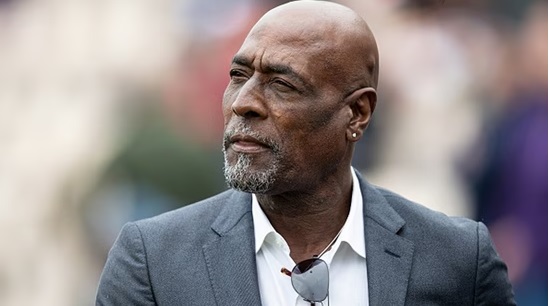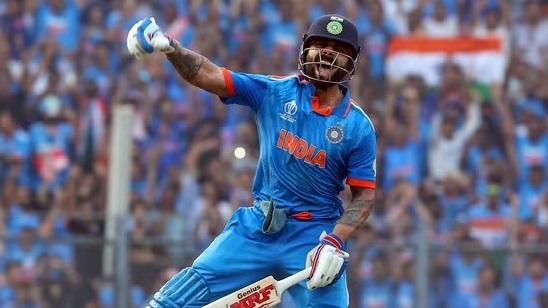5 things we have learned so far in England’s exciting Test series in India
Here, PA news agency looks at lessons learned as the teams take a week’s break before resuming battle in Rajkot.
Rookie spinners are learning fast
With Jack Leach injured, England sent out an almost-unbelievably raw spin attack in the second Test.
Rehan Ahmed, Tom Hartley and Shoaib Bashir had a grand total of three caps between them going into the game – compared to 96 for India’s lead spinner Ravichandra Ashwin.
But under Ben Stokes’ proactive captaincy the youngsters are over-delivering on expectations.
They have each shone in different passages and are a major reason why England have successfully kept India’s batters from getting away.
England took a big gamble by fast-tracking such inexperienced options in conditions where the slow bowlers take huge responsibility but their development is unfolding quickly in front of our eyes.
England need more from their Yorkshire engine room
Joe Root remains the best batter in the England team and nobody has epitomised the ambition of the ‘Bazball’ era better than Jonny Bairstow, but neither man has landed a blow on India so far.
In four innings on tour Root has 52 runs at 13 and Bairstow 98 at 24.50.
It is too early to call it anything other than a blip but if England are to prevail in the next three matches they will surely play an important part.
Root is the team’s best player of slow bowling and has an exceptional record on the subcontinent, while Bairstow has the ability to bully attacks into losing composure.
Both have big roles to play after a slow start.
India are missing Virat Kohli
Both teams are missing key members of their batting line-up for personal reasons, with Harry Brook back home in England and Virat Kohli withdrawing on the eve of the series.
India appear to be missing their former captain most obviously.
He would surely be a more attacking presence in the middle order and a psychological boost for his team-mates, not to mention an electrifying factor in the field.
As a spectacle, the series would benefit from his return, but it would give the away side a new batch of problems to deal with.
Anderson is essential
A lacklustre Ashes series left some wondering if time had finally caught up with the evergreen James Anderson.
Not for the first time, he has brushed the doubters aside with panache.
At the age of 41 his efforts on his return to the XI were exemplary.
He is in outstanding physical shape and bowling with skill, control and the occasional hint of magic.
No other bowler in the squad can combine economy and wicket threat quite like Anderson and, after missing the series opener, he is once again a must-pick.
Surgery has saved Stokes
Stokes finally opted to go under the knife in November in a bid to solve his long-standing left knee problems.
He had long resisted surgery, unsure how it would turn out, but it looks to have given him a new lease of life.
The skipper has already pulled off two brilliant pieces of fielding that would have been impossible before – a wonderful run out and a sensational running catch – and no longer seems in constant pain at the crease.
Even more importantly, he has been making a gentle return to bowling in practice and hopes to be back as a fully-fledged all-rounder by the summer.



